Sustainability is key for Switzerland’s young designers
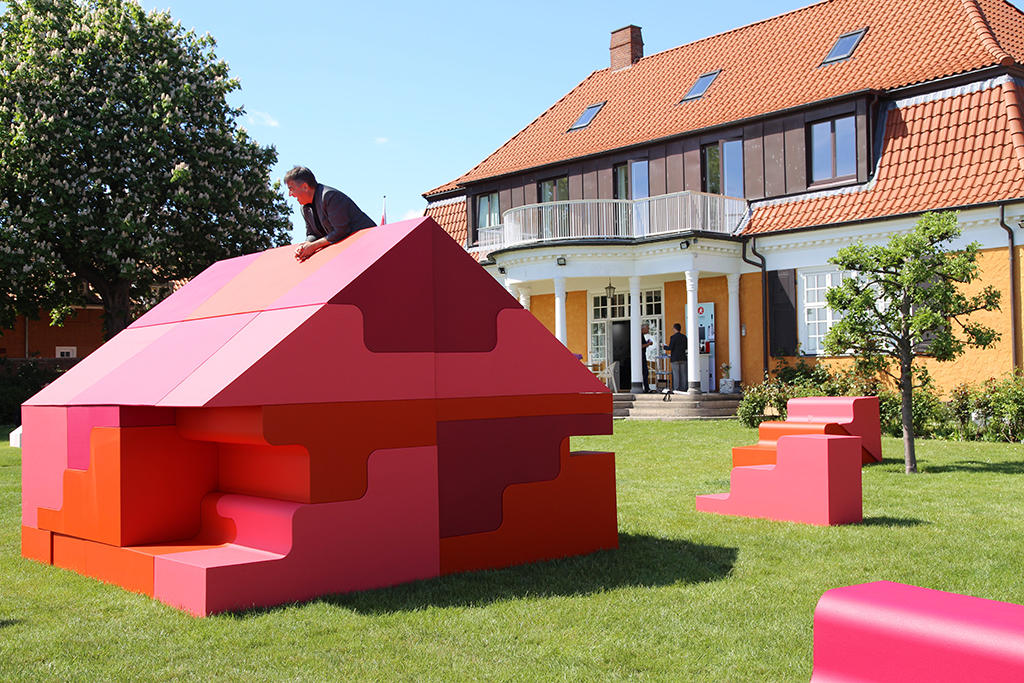
How do young Swiss designers make an impact in an international market, and what’s important to them as they set out in their careers? An event in Copenhagen showed how Swiss design fits into a modern, sustainable landscape.
Christian Paul Kaegi is standing in a large room of the Swiss Embassy in the Danish capital, fielding questions about the product he’s designed: a sustainable backpack. He’s here as part of the annual ‘3daysofdesignExternal link’ event, which sees talks and workshops taking place all over the city on the last weekend of May. From a personal point of view, it’s a chance for Kaegi to network and raise his profile on an international level, but for the organisers of the Swiss programme, this is an important weekend to promote Swiss design outside the country’s borders.
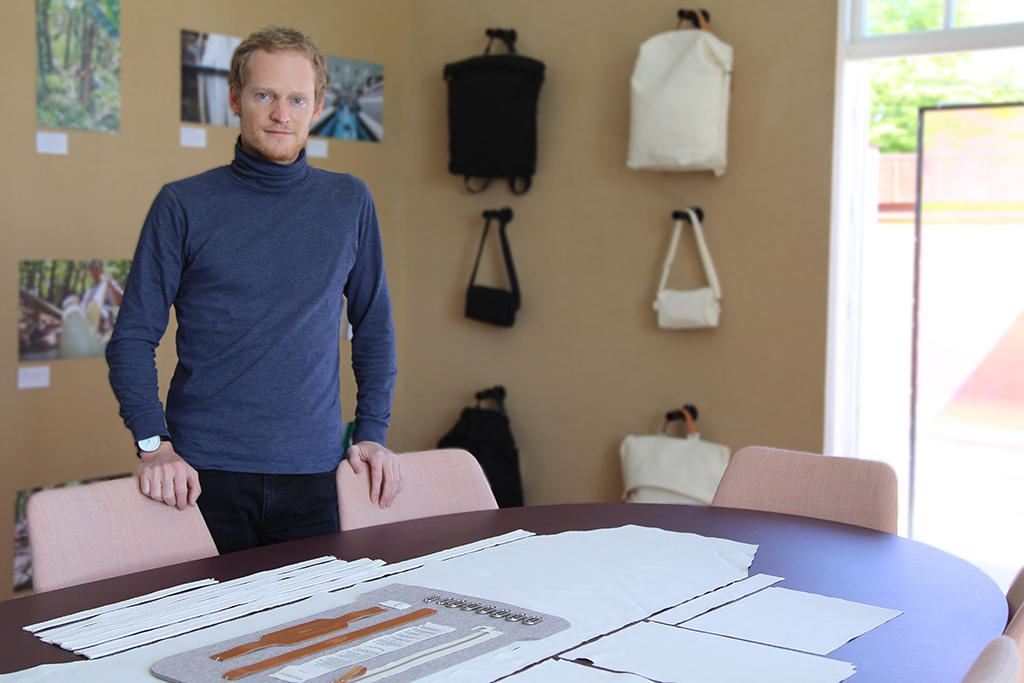
It’s been a decade since the industrial designer and his colleagues from the company Qwstion External link started looking for alternatives to oil-based synthetic materials to make their bags. Setting up their own business after college was a “big step” he explained, “but it came kind of naturally, as [founding partner] Fabrice Aeberhard and I were fully committed. We knew that we needed commissions to start our studio, so we already had a project when we founded it.” One of the main issues they wanted to tackle in their work was, “How can we contribute to a better planet using our skills and expertise?”
Six years later, Kaegi believes they have found the answer with a fabric they designed, called Bananatex: a natural textile made purely from the fibres of the Abacá banana plant or Manila hemp, which grows in the highlands of the Philippines. Kaegi explains it took them four years of research and testing until the fabric was ready for production. Abacá produces fibres that are long, strong, buoyant and lightweight. The challenge for the design company was to keep the production as sustainable as possible if the idea was to come to fruition.
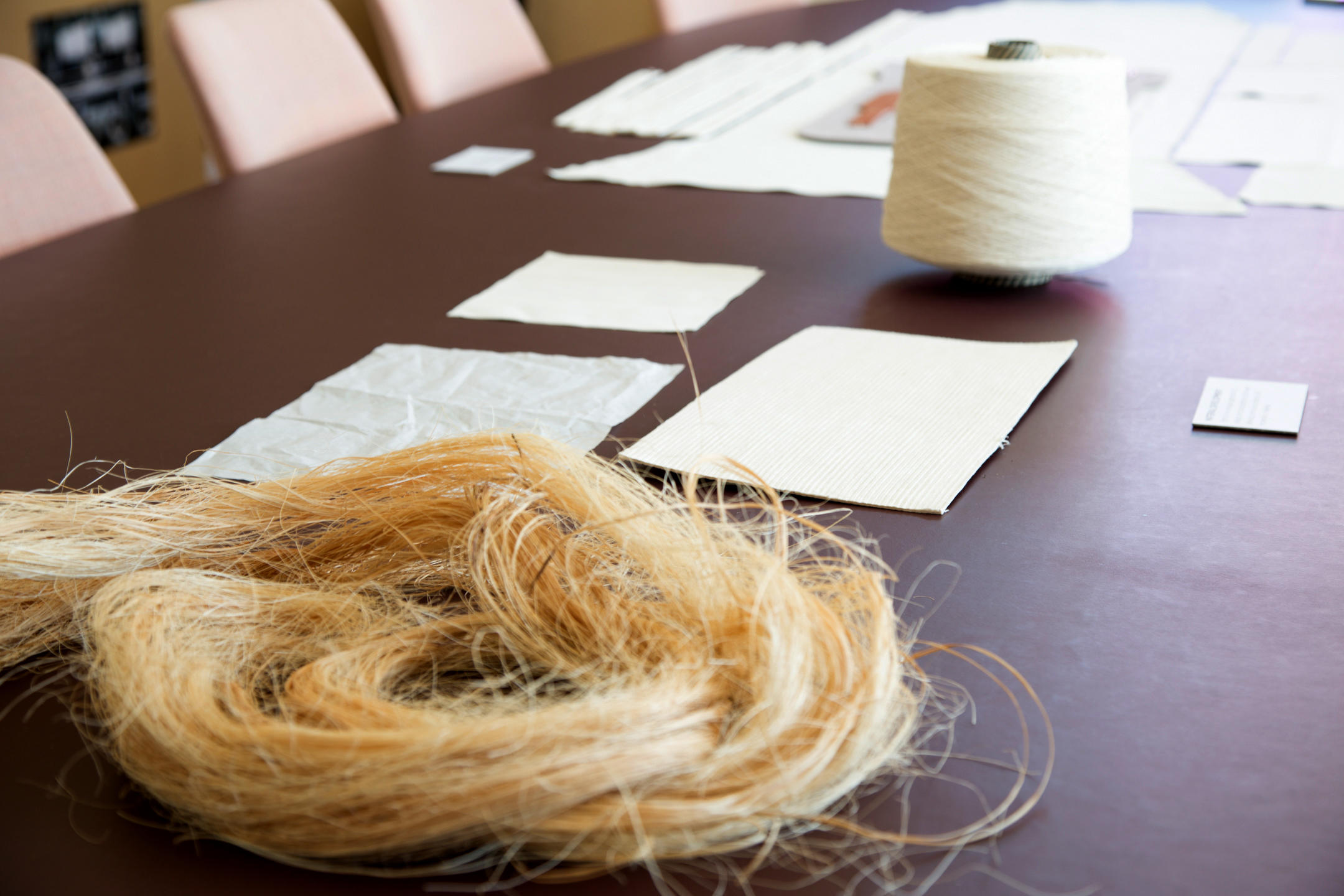
Two different approaches to sustainability
Abacá grows within a natural ecosystem – a mix of sustainable agriculture and forestry. According to Kaegi, the fast growth of the plant means its stocks can quickly be replenished.
The fibres are extracted locally in the Philippines, then the yarn is produced in central Taiwan. This is then woven on a Swiss-made loom, producing one metre of high-density canvas every three hours. An all-natural wax is added for waterproofing. The last port of call in the production line is China, where the patterns are cut by machines specifically chosen to minimise waste and prioritise efficiency.
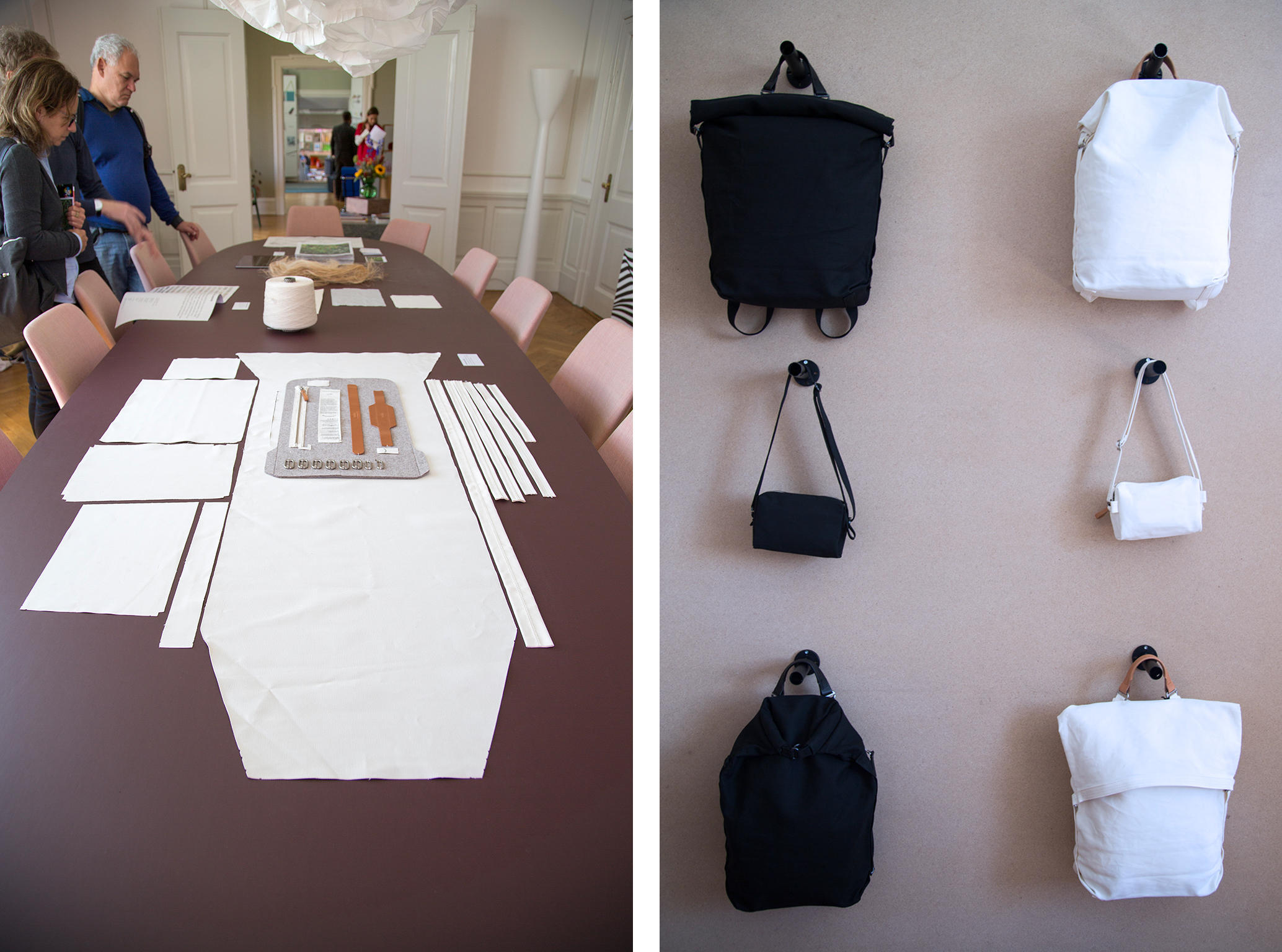
While some designers are keeping their carbon footprint low by using local materials and production but with higher expenses, Kaegi’s company does the opposite, sourcing raw materials and the means for production internationally. He elaborates that over the years they have established a good working relationship with overseas companies who work on the production line, employing collectively 250 people to fair trade standards.
Does working in such a way erode a country’s design language, and does it matter? “I believe the way of thinking is ultimately what makes the difference, and this influences the aesthetics. And this is something that evolves as countries do,” Kaegi says.
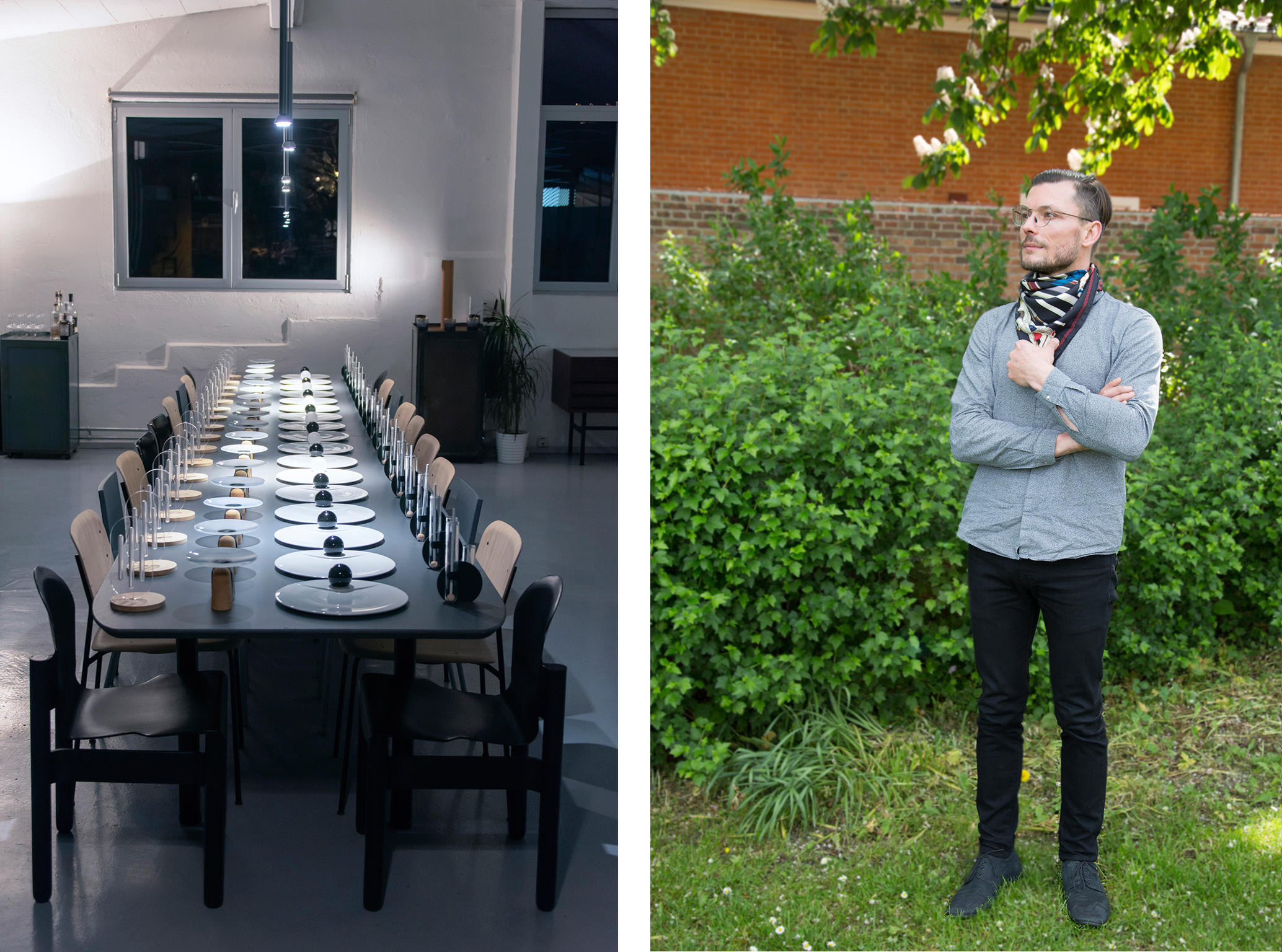
“Having the manufacturer close-by,” he elaborates, allows him to profit from their specialist knowledge and it “helps with communication during the manufacturing processes.”
Design, good craftsmanship and a little engineering go hand in hand for Raphaël Lutz’s designs for high-end tableware. He is a Swiss product designer who graduated from the Cantonal School of Art in Lausanne (ECAL) in 2012, and opened his own design studio. Lutz isn’t simply designing objects, he uses his knowledge from growing up in restaurants as a child (his parents owned them) to create ‘culinary experiences’. He runs ‘The LABExternal link’; a space for collaborative, multidisciplinary experiments, and tries to connect technology and food design to improve how people use tableware.
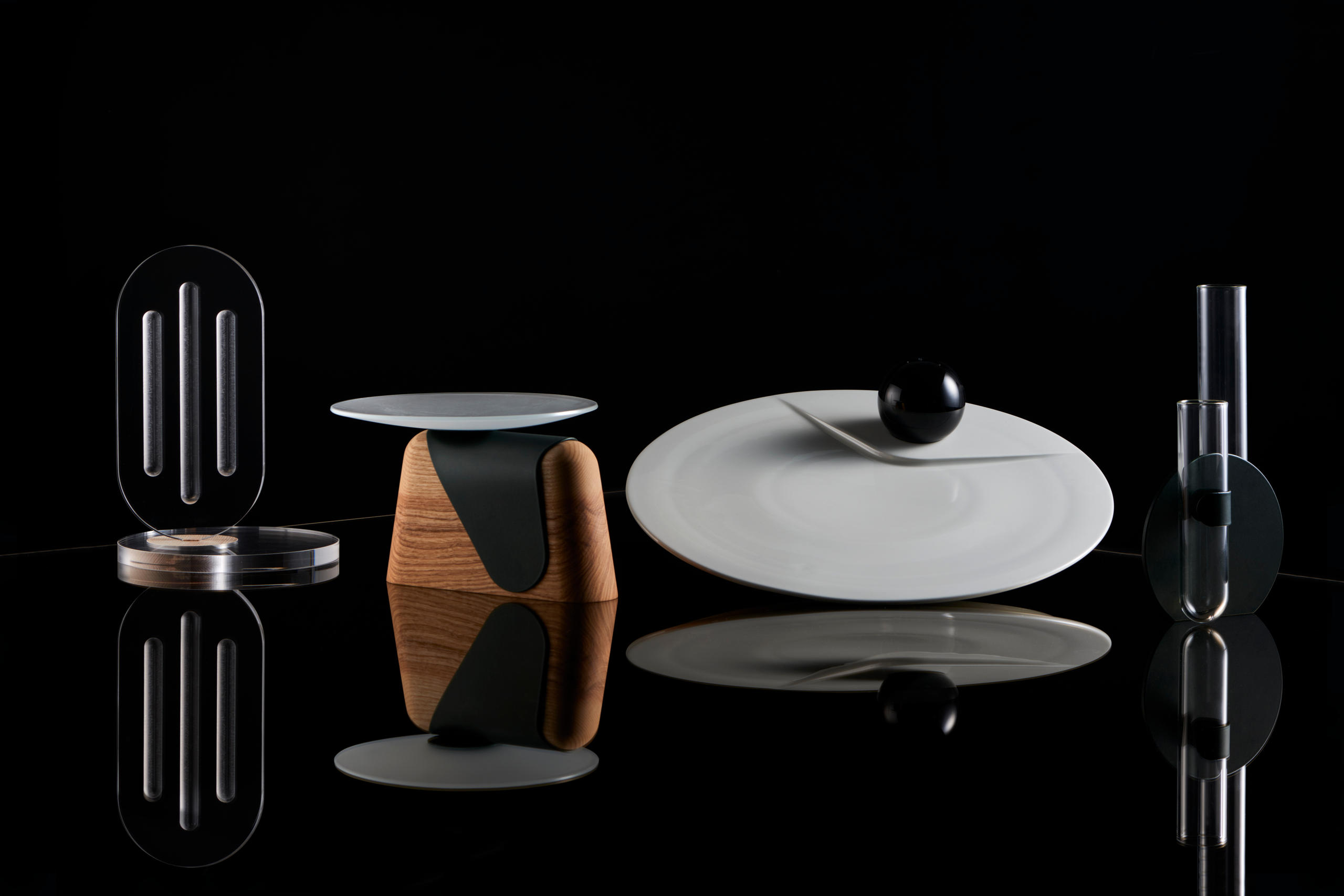
Sustainability is a major issue for these young designers, and for Lutz that means working closely together with craftsmen and women in Switzerland, using local materials.
“Having the manufacturer close by,” he says, allows him to profit from their specialist knowledge and it “helps with communication during the manufacturing process.” But it doesn’t lower production costs. Lutz claims he pays up to three times as much for the overall output as he would if he were to manufacture his designs outside of Switzerland. He looks for sponsors for some events to try and offset this, but thinks higher costs are simply part of the ‘Swiss made’ culture, where quality and longevity are important.
The next generation’s perspective
Armin Zimmermann and Tomaz Scheliga are Swiss students studying at the Bern University of Applied Sciences (BFHExternal link). Zimmermann is studying architectural design and Scheliga, timber engineering. Within a team of ten, they paired up to take part in an interdisciplinary project during the Copenhagen event. Their challenge is to design functional objects and build them on site in only two days. Their contribution; ‘Big Plus’, has the same dimensions as the Swiss cross.
Swiss identity clearly features prominently in these young designers’ minds, but how much of a role does sustainability play? As part of the project the pair say they were intrigued to see how two different disciplines can produce clever and quick designs. The course focuses on culturally-, commercially- and socially-relevant innovation. The students explained that covering sustainability is a big part of what they learn at university.
To Armin Zimmermann, sustainability means “keeping things local”, though he believes that shouldn’t mean depriving people of jobs in countries where items for wealthy countries have long been produced. Tomaz Scheliga thinks that local is not how we “used to think of it” – the focus is shifting to look at the relationship between neighbouring countries, which interact with each other on a different kind of local scale.
At the Copenhagen event, sustainability is more than a buzz word for Swiss designers. The challenge for the people who produce the objects that feature in our everyday lives is how to balance costs and production at scale, while keeping the environmental impact as small as possible.
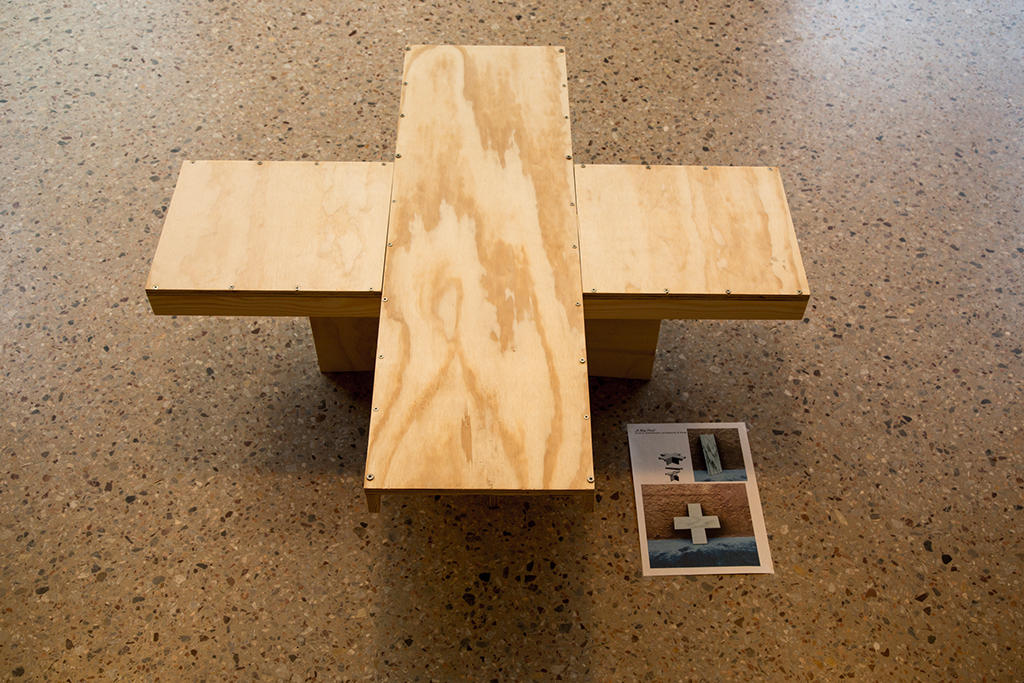
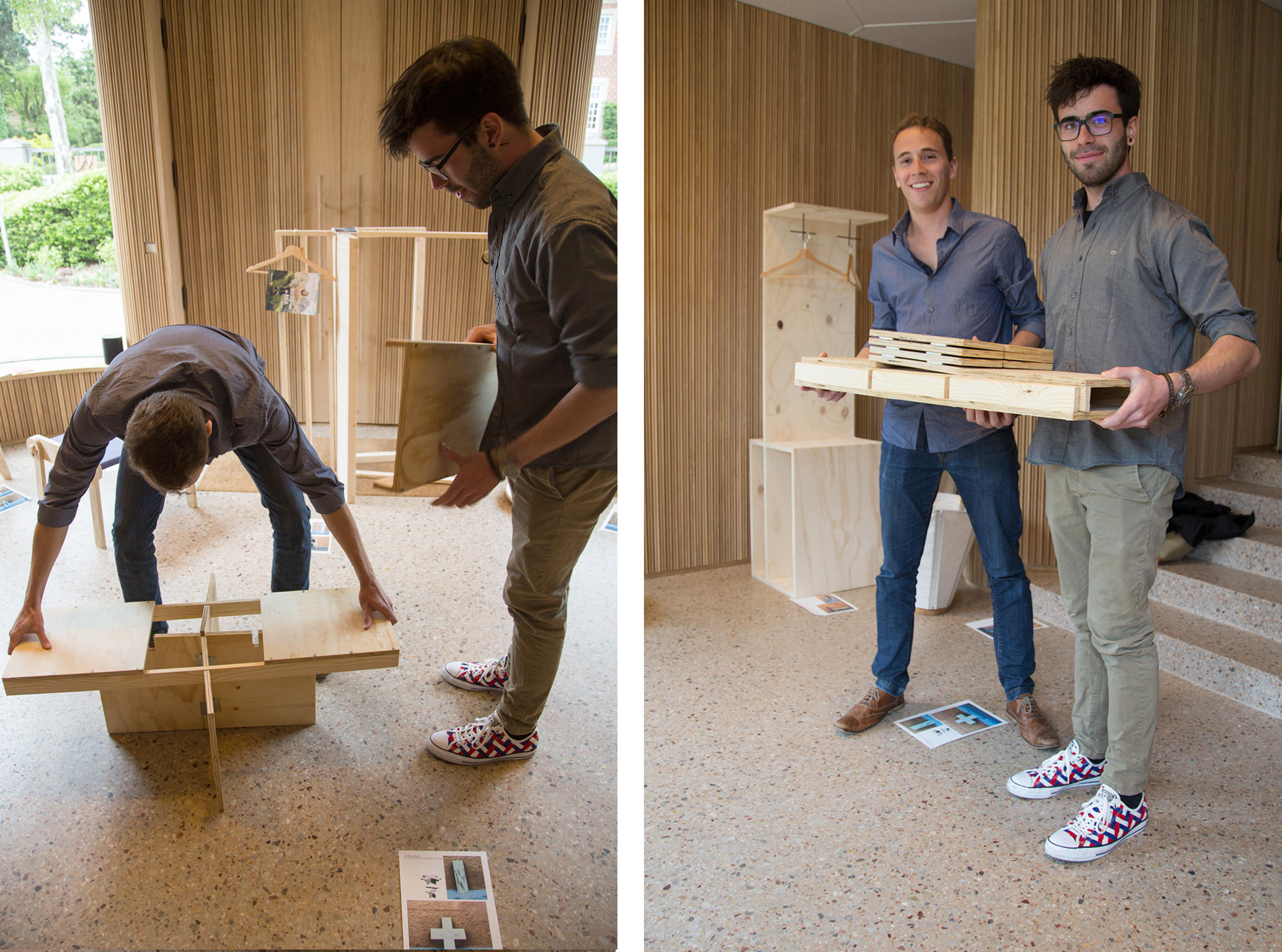

In compliance with the JTI standards
More: SWI swissinfo.ch certified by the Journalism Trust Initiative
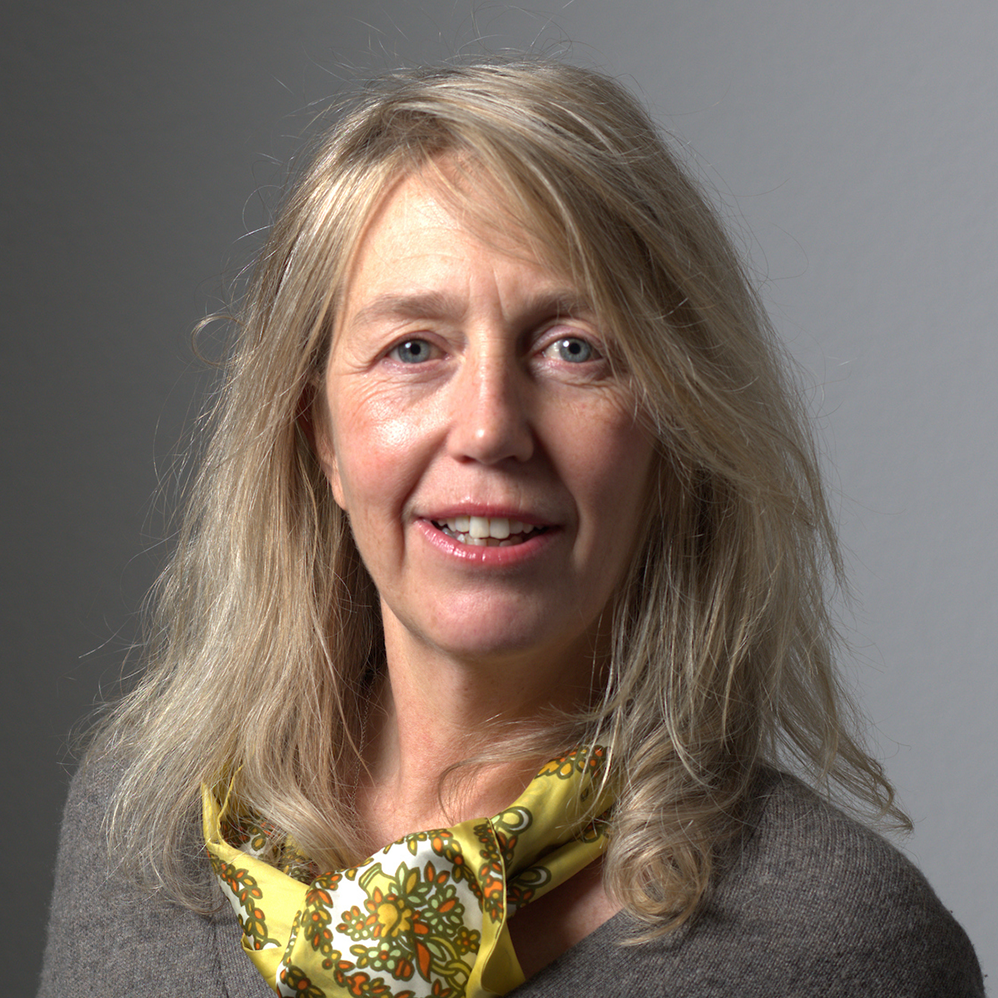
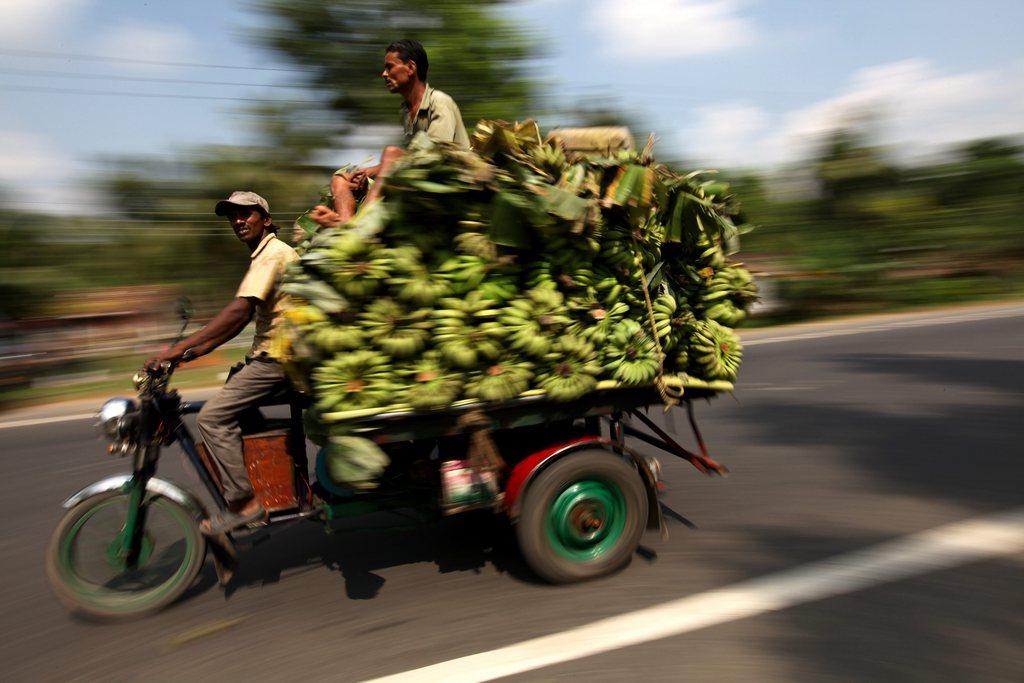
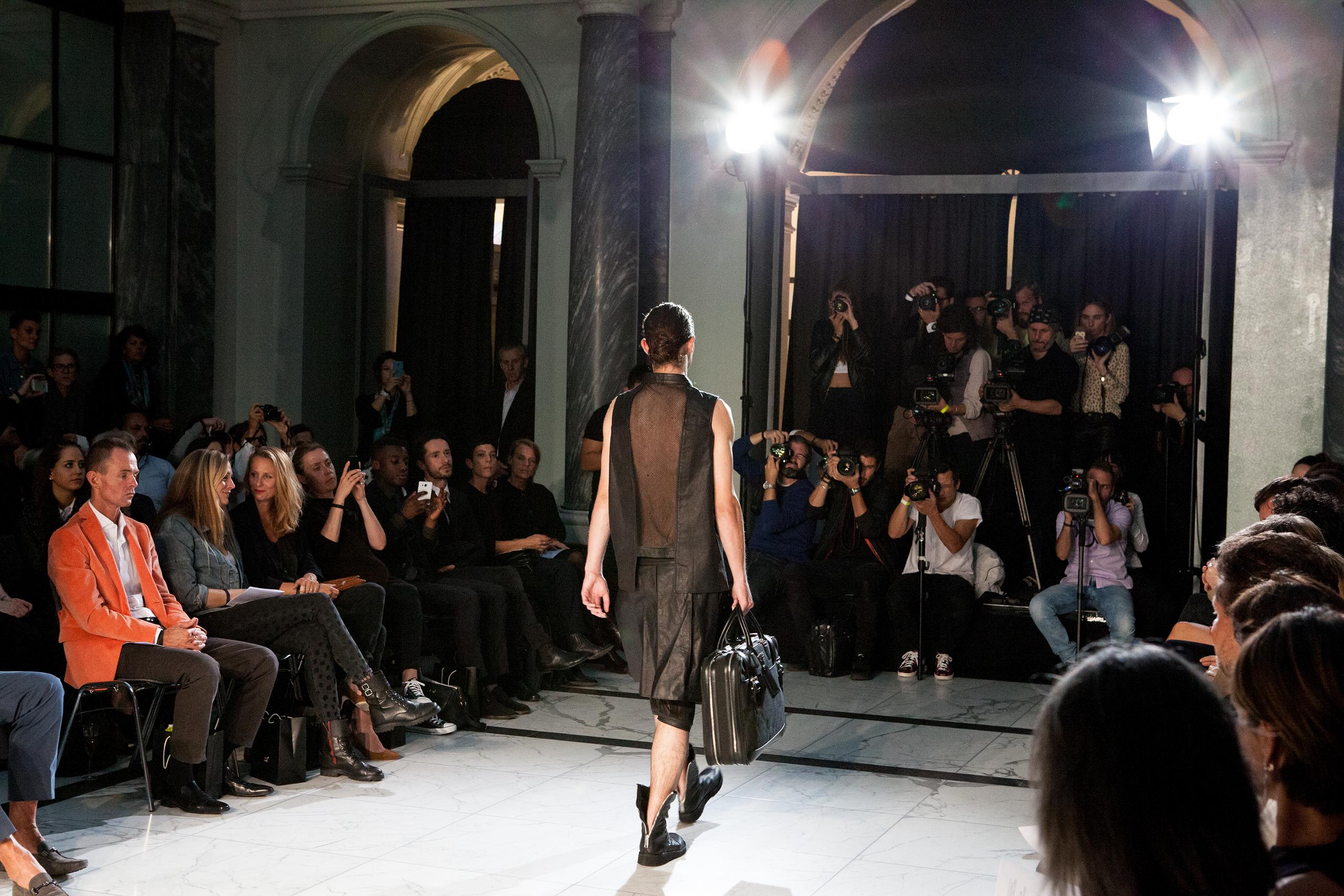
You can find an overview of ongoing debates with our journalists here. Please join us!
If you want to start a conversation about a topic raised in this article or want to report factual errors, email us at english@swissinfo.ch.